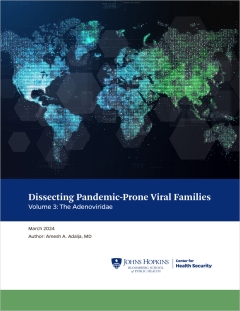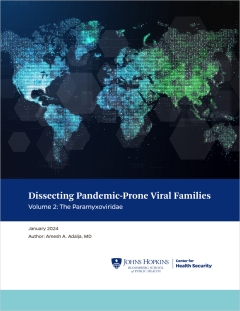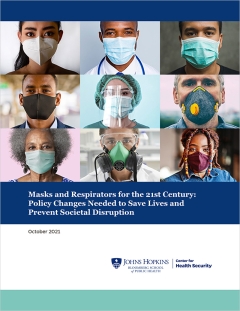Few clinicians practicing in the United States have ever seen a case of monkeypox infection. However, a new, unusual, multinational outbreak of monkeypox that is unfolding rapidly makes it important to know what a case might look like. This is critical not only to permitting rapid and proper medical and public health interventions but also to helping to understand the extent and spread of the outbreak. The current outbreak—which includes confirmed or suspected cases in the United States, the United Kingdom, Spain, Portugal, Italy, Belgium, Sweden, France, Canada, Australia, Germany, and the Netherlands—appears to have a pattern of spread that does not mirror past outbreaks outside of Africa, almost all of which have been related to importation via flights from Africa or exposure to infected exotic pets (1). This unusual monkeypox outbreak should prompt all clinicians to be attuned to the possibility of this infectious disease. Clinicians who suspect they may have a patient with monkeypox should contact their state or local health department immediately.







